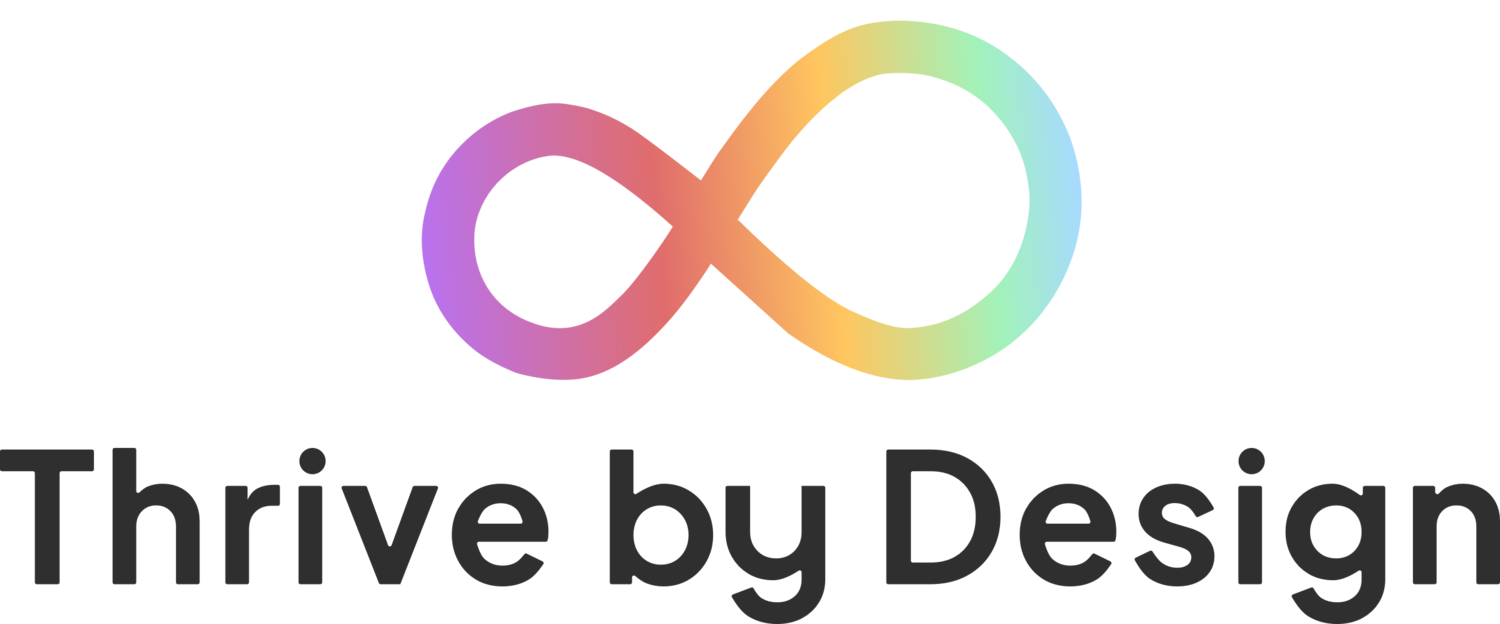Mapping Digital Inclusion
Inclusive Digital Transformation Week is an initiative we are running from Monday 07 to Friday 11 March. The aim of the week is to facilitate the sharing of our assets, learning and stories to inspire change and help embed inclusive digital transformation.
Where the idea came from
We have been working with the Norfolk and Waveney Integrated Care System (NWICS) to understand where digital inclusion efforts should be targeted across Norfolk. We wanted to understand:
Which areas of Norfolk are most at risk of their populations being digitally excluded?
Which areas of Norfolk are at risk of digital exclusion for particular factors, such as age, deprivation, rurality or type of internet use?
What digital inclusion activities are already underway in Norfolk and where?
Where are there existing places that could be 'activated' to deliver digital inclusion activities?
Where are the health-related first points of contact which may be able to refer to digital inclusion activities?
The map is a proof of concept and we expect it to evolve over time as we learn what is more useful to show.
What the map tells us
We created the map using Google Maps. We analysed a number of different data sets which became the basis for each of the layers in the map. Each layer of the map tries to answer all or part of one of the questions above.
The layers we have mapped include:
Over 65 population
Rurality
Deprivation
Internet user classification
Health related support (GP, pharmacies, hospitals)
Where digital inclusion activities could happen (e.g. libraries and community centres)
Digital Inclusion activities happening already
Figure one: Norfolk and Waveney Map. To view an interactive version of this map follow this link to our Notion page.
The image above shows what these layers look like when mapped. The darker the green colour the more likely it is that its population is at risk from being digitally-excluded. This applies for each individual layer in isolation as well as the overall picture with multiple layers 'switched on'.
To decide how dark the colours should be for a particular area in a particular layer, we grouped areas by certain risk factors. For example, for the deprivation layer, we have only shaded the 50% most deprived Lower Layer Super Output Areas (LSOAs) at 10% increments. We have focused on the overall ranking for the Index of Multiple Deprivation rather than any particular domain.
From the data in the map we also created an index which incorporates all of the data sets that were collated and looks at risk and assets to generate a score to help us see what area should be in focus when considering interventions. From this we can identify areas most at risk; this enables us to see the top 10 areas at high risk. Cross referencing the index with the map means that people can investigate whether there are assets in neighbouring areas that could be mobilised as part of a response.
Other tools
GP Practices are a good place to identify those who may need help to get online, but we know that GPs and nurses don’t have the time to do it so we’ve put together guidance and a guide to help people know what support is out there.
We have created a digital inclusion savings tool to show the impact of digital inclusion activity in terms of money saved for public services.
An evaluation framework to collect quantitative and qualitative data to show the human impact of work happening.
We are currently seeking feedback from ICS colleagues using these tools which are still a work in progress and in the development phase.
“As we started on our Digital Inclusion journey we had no clue how to start to understand, and visualise, our Digital Inclusion landscape in Norfolk and Waveney. The expertise Thrive by Design has meant we could collate information into one place, visualise it AND interact with it. This was invaluable for our work and for making the case for change for Digital Inclusion in Norfolk and Waveney”
What’s Next
We are in the process of mapping digital exclusion geographically with Connected Nottinghamshire and Cheshire and Merseyside Integrated Care Systems. Both of these maps aim to answer the questions above as well as other issues specific to these localities.
The map is showcased using the tool Notion which allows us to embed the map and provide guidance on how to use it, along with information on how the map was created and to include the data sets used within it.
As we are creating more maps, we are exploring and testing other mapping tools and assets to support the accessibility, functionality and insights they can offer. If you are interested in exploring this work further please get in touch via info@thrivebydesign.org.uk.
Fireside Chats
This fireside chat is with Sanah Ali and reflects on the work we have done mapping digital inclusion with all three ICSs.
Join nearly 300 people from a diverse range of backgrounds and places on our Inclusive Digital Transformation Challenge community on FutureNHS.
To find out more about our work email us on info@thrivebydesign.org and follow us on Twitter @TweetsByThrive.


